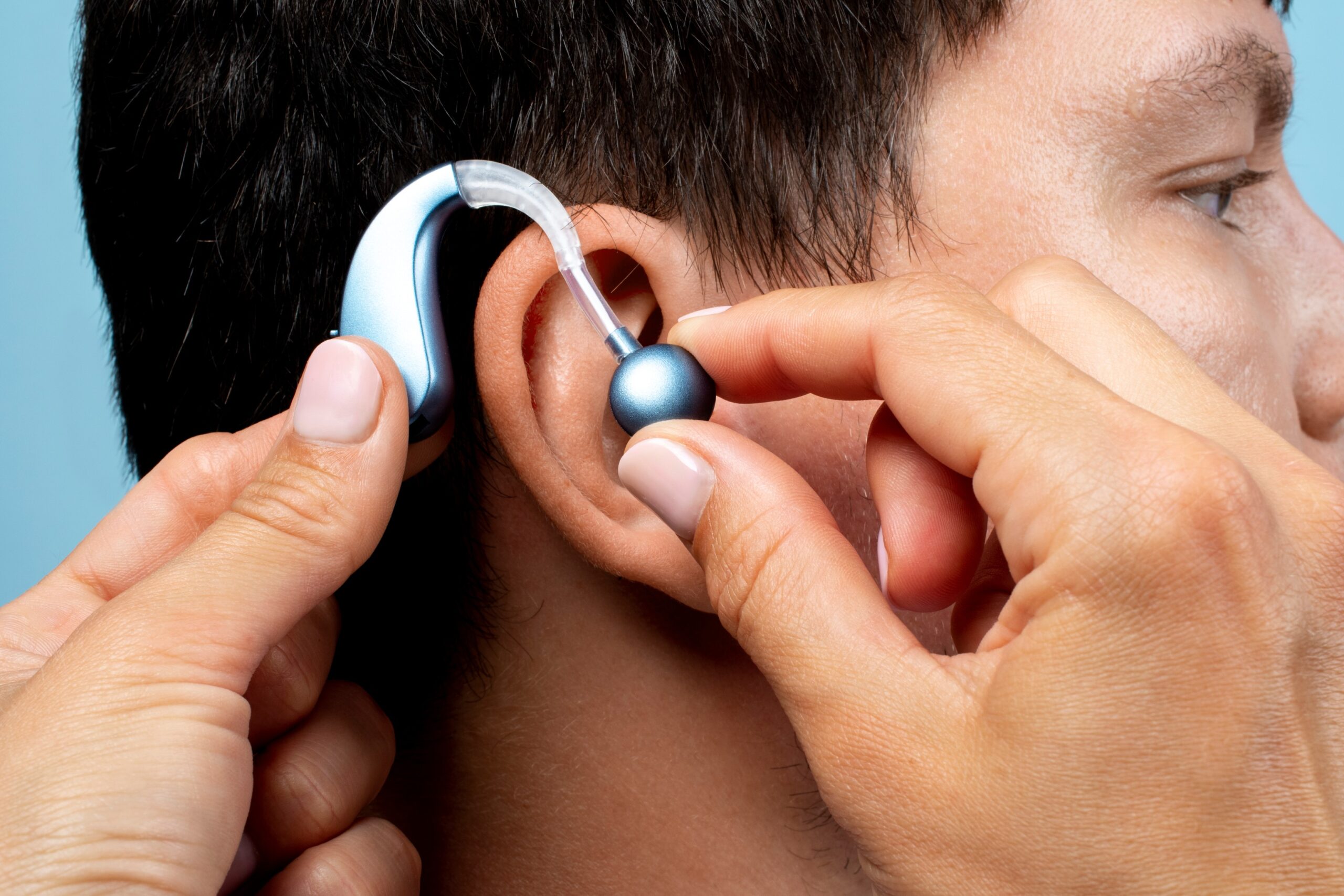Hearing loss is more than an auditory impairment, as it can have a significant impact on quality of life, yet fitted properly, the hearing aid fitting can change the whole picture. From understanding the hearing profile to the fitting process, this guide will walk you through the vital steps of finding the right fit to satisfy your needs.
Table of Contents
Hearing Aids: Not Just a Device
Hearing aids are far more than just a device; they are the only hope for someone experiencing hearing impairment since they are inserted into the ear. Fit is critical for effective usage and quality of existence. Fitting involves many critical stages that are refined as required in accordance with each person’s unique hearing needs. Hearing is as diverse as any other field of health in terms of variations that may be expected. The Hearing Aid Professional takes all of those variations into consideration when fitting the suitable size. Hearing Profile
Types and magnitude of hearing loss:
Hearing loss manifestations may vary based on the kind being sensed. Different Visual necessity category levels exist, they include conductive and sensorineural.
Lifestyle:
Frequency of activities or where your actions are numerous, work, social events, and outdoor activities.
Specific area where hearing struggles are challenging and include them in a report of related hearing aid features. Specific Instances of Difficulty
Specific monitoring communication challenges with or rise sounds. Selecting the right Hearing Aid

Variety in hearing aids:
BTE, RIC, ITE, and many other forms provide different levels of convenience, presence and external features. Consultation with the audiologist to determine the style that best satisfies your requirements and desires.
Characteristics
Noise reduction to boost speech quality in noisy situations. Because of their capabilities with smartphones and other accessories such as remote controls, explore hearing aids that can connect with your phone for better convenience and fitting.
Steps in the Fitting Process Initial Consultation:

Schedule an appointment with an audiologist or hearing specialist for a comprehensive evaluation. Discuss your hearing concerns and learning activities and social life. An audiologist will also explain what you must expect when wearing a hearing aid.
Hearing Evaluation and Assessment: Conduct hearing tests to measure your hearing thresholds and speech understanding levels.
Utilize the results to recommend suitable hearing aids for your hearing profile. Customization Based on Individual Hearing Profile: The audiologist will adjust the hearing aid in terms of sound based on your hearing profile. Fine-tune the sound to improve speech clarity and comfort.
Ensuring Comfort and Functionality Proper Sizing and Fit of the Hearing Aid:
Ensure the hearing aid can fit comfortably without falling. Adjust to enable it to fit in your ear. Adjustments for Comfort and Sound Quality. Test the hearing aid on a diverse set up to evaluate its functionality. Identify discomfort and sound quality issues that prompt readjustment.
Instruction on Care and Maintenance: Learn how to clean and maintain the hearing aid to serve for an extended period. Get necessary help on how to change the battery and how to service it through the specialist.
Testing and Calibration Real-World Testing:
Wear the hearing aids on different environments such as quiet rooms and noisy environments. Discuss with the audiologist on how well it feels Fine-Tuning Adjustments Based on Feedback Make necessary adjustments on the settings based on your experiences. Make sure the hearing aid is functioning to meet your needs.
Discuss new technology on hearing aids and accessories and benefits.
How to troubleshoot common issues: get to know how commonly experienced feedback, connection problems, and recurring discomfort can be resolved. If this does not work, contact your audiologist to get it resolved as soon as possible.
Educating on proper usage and expectations: what is the correct way to use hearing aids in different situations. Get to know what expectations are reasonable in terms of your hearing getting better or adapting to the hearing aid more easily.
Lifestyle integration Incorporating hearing aids into your daily life: what are the simple things you can do to make putting on your hearing aid routine? For example, your audiologist can explain how you can communicate better with family, friends, or colleagues.
Communicate: tell people that you have hearing aids and that they can help in making it easier for you to talk to them. Show them how to help, by speaking slowly and clearly.
Resources for ongoing support and information: follow up with support groups, read information on online forums, or at the community centers.
Conclusion
The hearing aid fitting process is a highly personalized journey that requires a unique approach based on your hearing profile, lifestyle, and preferences. By partnering with an audiologist, you can start your transformative journey towards optimal hearing function and quality of life. Overall, successful hearing aid fitting is grounded in choosing the technology that truly aligns with your needs and striving to remain adaptive and supported throughout the hearing rehabilitation process. This user-friendly hearing aid fitting guide equips you with all the necessary information needed to make well-informed choices in hearing aid management for good outcomes.
Share this content:

